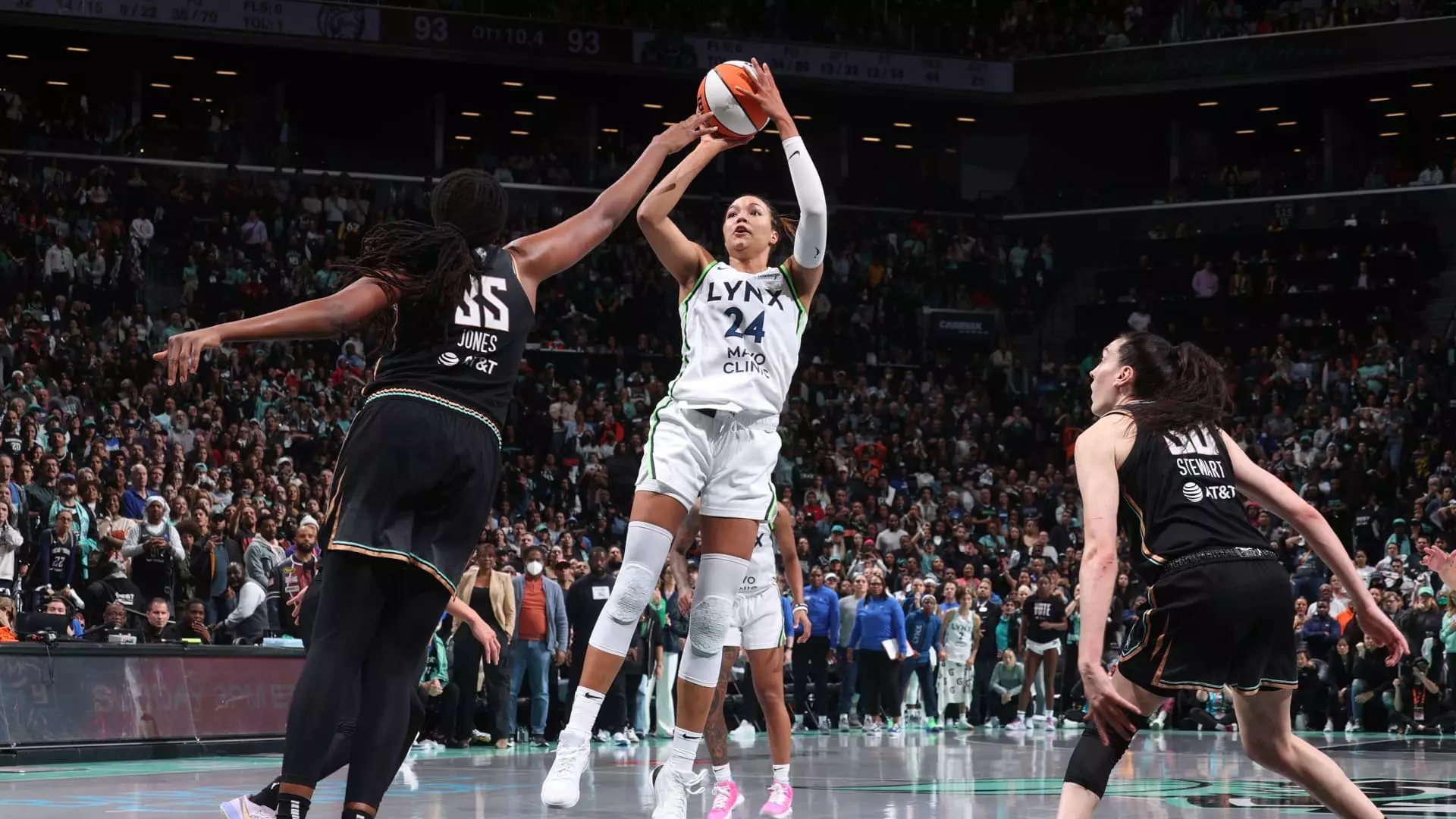The WNBA’s recent announcement to introduce three new franchises—in Cleveland, Detroit, and Philadelphia—marks an undeniably significant milestone in the league’s trajectory. This expansion will increase the number of teams from 13 to 18 over the next five years, solidifying a period of accelerated growth. While Commissioner Cathy Engelbert’s praise is expected, heralding the move as “a bold step forward,” this strategic push invites a deeper critique about timing, market readiness, and sustainable growth. Does rapid expansion necessarily equate to progress, or could it risk diluting the league’s quality and fan engagement?
Financial Ambitions Amid Persistent Profitability Challenges
The hefty $250 million franchise fees signal a surge in the WNBA’s market valuation—a commendable accomplishment for women’s professional sports. However, it provokes questions about affordability and genuine investment, especially given the league’s historical struggles with profitability. Previous teams in Cleveland and Detroit folded not due to lack of talent or competitive spirit but because of financial constraints and insufficient fan support. Elevating franchise fees to all-time highs might emphasize the league’s confidence but also risks alienating potential owners wary of questionable returns. Sustainable success in sports demands more than bold fees; it hinges on solid marketing, community connection, and consistent fan attendance—areas where the WNBA continues to face uphill battles.
Revisiting Past Failures: Cleveland and Detroit’s Rocky Pasts
Cleveland, once home to the original WNBA franchise Rockers, saw that team fold after only seven seasons owing to low attendance and unprofitable operations. Detroit’s experience is even more complex: although the Shock won three championships, they eventually relocated after nearly two decades ago due to financial viability issues despite robust fan enthusiasm at times. Reviving franchises here therefore appears not as a guarantee of success but as a bet on changing economic and social climates. The league and local investors are placing enormous faith in the reshaped sports ecosystems of these cities, but history cautions us to temper optimism with realistic expectations. Stability must be paramount, rather than chasing headline-grabbing announcements.
Philadelphia’s Strategic Entry and Corporate Backing
Philadelphia’s entry into this new phase of the WNBA’s expansion feels the most robust economically. The involvement of Harris Blitzer Sports & Entertainment—already tied to the Philadelphia 76ers—and Comcast’s minority stake indicates a more corporate, cross-promotional approach rarely seen in women’s sports leagues at such scale. This integration should provide increased media exposure, sponsorships, and fan outreach. Yet, the concern remains whether these relationships will translate into deeper, grassroots fan commitment or simply function as another side project amidst broader sports portfolios. True fan culture requires authenticity beyond corporate strategy—a challenge not easily replicated at scale.
Comprehensive Market Considerations and Missed Cities
The league’s meticulous screening process of over a dozen cities reveals a measured approach to expansion but also exposes potential geopolitical and economic blind spots. Cities like Houston and Kansas City reportedly received serious consideration, yet they were deferred or passed up. Houston remains under observation, signaling the league’s longer-term ambitions. However, by focusing on legacy markets steeped in basketball identity, the WNBA risks neglecting emerging cities with vibrant, untapped potential and more receptive fan bases. This could inadvertently perpetuate regional imbalances in women’s professional basketball and limit access to fans nationwide who demand representation beyond the traditional basketball heartlands.
Growth vs. Grassroots Engagement: Where Should the WNBA Focus?
Ultimately, the WNBA stands at a crossroads between growth and sustainability. The league’s electric momentum is undeniable, fueled by increasing public interest in women’s sports and growing athlete visibility. But the ticking clock isn’t just about how many franchises can be launched; it’s about how the league nurtures each community’s relationship with these teams. Rather than focusing predominantly on the number of teams, the WNBA would benefit from deeper investments in youth development, affordable access to games, and authentic fan experiences. If expansion is rushed without these foundations, the league risks repeating the failures of past franchises that vanished amidst financial and cultural neglect.
In championing expansion, the WNBA must balance boldness with prudence. The cities selected are meaningful, yet history warns against overenthusiasm untempered by economic realities. Women’s basketball deserves growth, yes, but the type of growth that builds lasting legacies—not just headlines.

